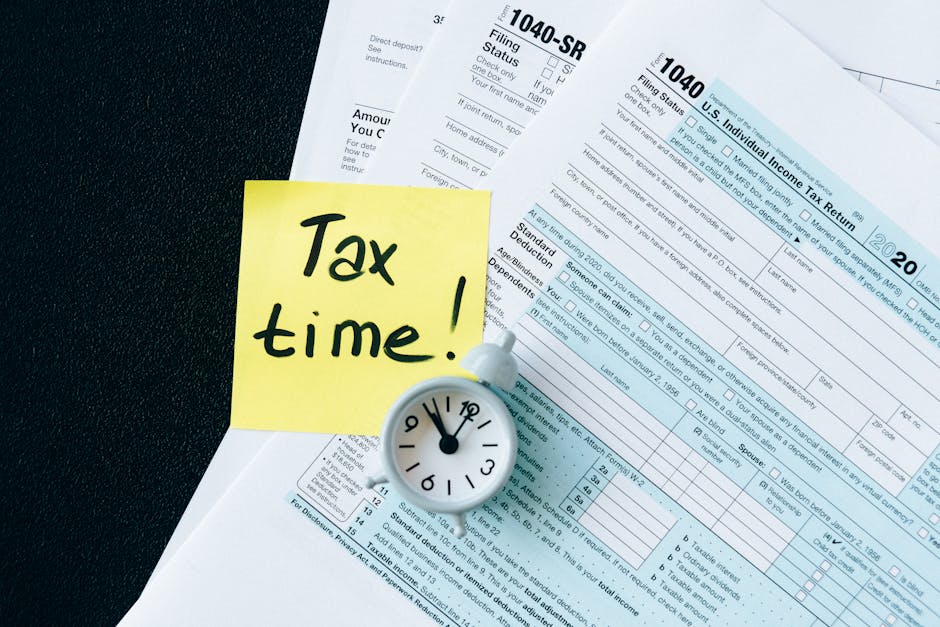Maximizing Productivity: The Art of Effective Meeting Management
“In today's fast-paced business environment, effective meeting management is crucial. This article explores how to set optimal meeting lengths, utilize Microsoft Teams features, and create a culture of efficiency in your workplace. ”

Maximizing Productivity: The Art of Effective Meeting Management
In the modern workplace, meetings are an essential part of collaboration and decision-making. However, when not managed properly, they can become time-consuming and unproductive. This article explores strategies to optimize meeting length, leverage technology like Microsoft Teams, and create a more efficient workplace culture.

The Importance of Meeting Length
Setting appropriate meeting durations is crucial for maintaining productivity and engagement. While the ideal length can vary depending on the purpose and participants, research suggests that shorter meetings are often more effective.
Finding the Sweet Spot
Studies have shown that the human attention span tends to wane after about 30-45 minutes. Therefore, aiming for meetings under an hour can help keep participants focused and productive. For more complex topics, consider breaking longer sessions into multiple shorter meetings.
Implementing Time Limits
Many organizations are now implementing strict time limits on meetings to encourage efficiency. For example, some companies have adopted a "50-minute hour" policy, where hour-long meetings are scheduled for 50 minutes, allowing participants a short break before their next commitment.
Leveraging Technology for Better Meetings
Modern technology offers numerous tools to enhance meeting efficiency. Microsoft Teams, for instance, provides features that can help streamline your meeting process.
Microsoft Teams Meeting Time Limit
While Microsoft Teams doesn't impose a strict time limit on meetings for most subscription plans, it's essential to be mindful of the platform's capabilities and your team's needs. For free users, there is a 60-minute limit on group meetings, which can actually serve as a helpful constraint to keep discussions focused.
Utilizing Teams Features
Take advantage of Teams' built-in features to enhance meeting productivity:
- Meeting notes: Collaborate on shared notes during the meeting.
- Recording: Capture important discussions for future reference.
- Breakout rooms: Facilitate smaller group discussions within larger meetings.

Creating a Culture of Efficient Meetings
Beyond technology and time limits, fostering a culture of efficient meetings is crucial for long-term productivity.
Set Clear Objectives
Every meeting should have a defined purpose and agenda. Communicate these in advance to allow participants to prepare and contribute effectively.
Invite Only Necessary Participants
Be selective about who attends meetings. Improving efficiency in the workplace often starts with ensuring that only essential team members are present, reducing unnecessary distractions and wasted time.
Encourage Active Participation
Promote engagement by encouraging all attendees to contribute. This can be achieved through techniques like round-robin discussions or facilitating brainstorming sessions that get great results.
The "1440 x 365" Mindset
Adopting a "1440 x 365" mindset can revolutionize how we view time management. This concept reminds us that there are 1,440 minutes in a day and 365 days in a year – a finite resource that we must use wisely.
Prioritizing Time
By viewing each day as a set of 1,440 minutes, we become more conscious of how we allocate our time. This perspective can help in making decisions about meeting length and frequency, ensuring that every minute contributes to productivity and value creation.
Long-term Planning
Considering the "365" part of the equation encourages long-term planning. It prompts us to think about how our daily meeting habits impact our annual goals and overall organizational efficiency.

Conclusion
Effective meeting management is an art that combines technology, cultural practices, and a mindful approach to time. By optimizing meeting length, leveraging tools like Microsoft Teams, and fostering a culture of efficiency, organizations can significantly enhance productivity and employee satisfaction.
Remember, the goal is not just to have shorter meetings, but to have more purposeful and productive ones. By implementing these strategies, you can transform your workplace into a hub of efficient collaboration and innovation.
Navigating the challenges of hybrid work and implementing these meeting management strategies can lead to a more dynamic and effective workplace. Whether you're managing an in-person team or coordinating remote collaborations, these principles can help you make the most of every minute.